- Author: Kathy Keatley Garvey
Let The Games begin!
The UC Davis Department of Entomology and Nematology Team, with a history of three national championships, is gearing up for the Entomology Games at the annual meeting of the Pacific Branch, Entomological Society of America (PBESA). The meeting takes place April 10-13 in the Hyatt Regency Sonoma Wine Country. Santa Rosa.
The team includes doctoral candidate Zachary Griebenow of the Phil Ward lab, captain; doctoral candidate Jill Oberski of the Ward lab; doctoral student Erin “Taylor” Kelly of the Geoffrey Attardo lab; and doctoral student Madison “Madi” Hendrick of the Ian Grettenberger lab.
The Entomology Games is a lively question-and-answer, college bowl-style competition on entomological facts played between university-sponsored student teams. It was formerly known as the Linnaean Games.
The preliminary round is from 5 to 6 p.m., April 10. Plans are to hold three rounds with questions from each of the 10 categories: Biological Control, Behavior and Ecology, Economic and Applied Entomology, Medical-Urban-Veterinary Entomology, Morphology and Physiology, Biochemistry and Toxicology, Systematics and Evolution, Integrated Pest Management and Plant-Insect Interactions, History of Entomology, and Entomology in Popular Culture. (See 2021 sample questions.)
The final round is from 8 to 10 p.m., April 11. Both the championship team and the runner-up team will represent PBESA at the Entomological Society of America (ESA) meeting, Nov. 13-16 in Vancouver, British Columbia. Last year's national champion was the University of Hawaii, which edged Texas A&M University.
In 2018, the University of California team won the national championship, defeating Texas A&M. The team included captain Ralph Washington Jr., then a UC Berkeley graduate student with a bachelor's degree in entomology from UC Davis; doctoral students Brendon Boudinot, Jill Oberski and Zachary Griebenow of the Phil Ward lab, and doctoral student Emily Bick of the Christian Nansen lab.
UC Davis won the national competition in both 2016 and 2015, defeating the University of Georgia in 2016, and the University of Florida in 2015.
Some of the questions in the past have involved the work entomologists affiliated with the UC Davis Department of Entomology and Nematology: emerita Mary Lou Flint, a longtime leader of the UC Statewide Integrated Pest Management (UC IPM) Program and an Extension entomologist based in the department; Rebecca Godwin, who received her doctorate from UC Davis and is now an assistant professor of biology at Piedmont University, Demorest, Ga.; and Jason Bond, the Evert and Marion Schlinger Endowed Chair and associate dean, UC Davis College of Agricultural and Environmental Sciences.
Q. Mary Lou Flint's textbook, IPM in Practice; Principles and Methods of Integrated Pest Management, cites the management of what invasive plant, first introduced to North America from Europe, as an "excellent example of classical biological control in the Western US?" This plant was controlled by importing the European chrysomelid beetle Chrysolina quadrigemina.
A. Klamath weed / St. John's Wort / Hypericum perforatum
Q: In early 2021, (Rebecca) Godwin and (Jason) Bond described 33 new species of the trapdoor spider genus Ummidia, including a species named in honor of what alt-country singer-songwriter, who was the most-nominated woman at the 2019 Grammy Awards? She has had success both as a solo artist and as a member of the all-female supergroup The Highwomen, and her annual music festival "Girls Just Wanna Weekend" is held in Mexico near the type locality of her namesake trapdoor spider. Name this singer.
A: Brandi Carlile
PBESA is comprised of 11 Western states, parts of Canada and Mexico, and several U.S. territories.
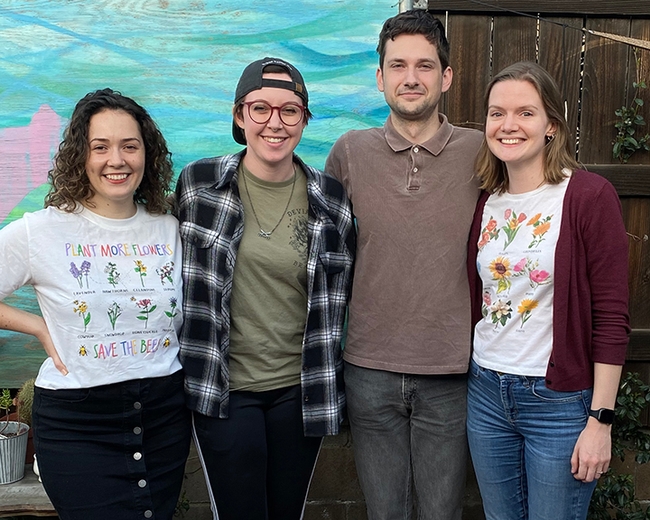
- Author: Kathy Keatley Garvey
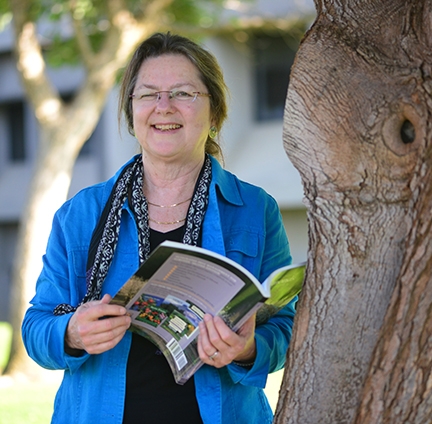
The Sacramento March for Science on Saturday, April 22, a march for solidarity with the national March for Science in Washington, D.C., is strongly endorsed by the 7000-member Entomological Society of America (ESA), a non-partisan scientific society founded in 1889.
“It is a really important time to be supporting science and scientists in the United States,” said UC Extension entomologist emerita Mary Lou Flint, the ESA's "point person" for the Sacramento march. "This march is nonpartisan and fully sponsored by the ESA.”
In Sacramento, participants will gather at 10 a.m. at Southside Park, 2115 6th St. for a pre-march program. At noon they will begin marching to the Capitol Mall, 1315 10th St. The post-march program will take place there from 1 to 4 p.m.
April 22 is also Earth Day and the same day as the 103rd annual UC Davis Picnic Day. Flint said she hopes that UC Davis faculty, staff, students and others interested in supporting science will join her in the march, or in part of the event.
“We'll have pins and stickers and signs,” said Flint, who may be reached at mlflint@ucdavis.edu for further information. Flint, who holds a doctorate in entomology from UC Berkeley, retired in June 2014 as an Extension entomologist and as a leader in the UC Statewide Integrated Pest Management (UC IPM) Program: she served as the associate director for Urban and Community IPM.
The guiding principles of ESA "recognize that the discipline of entomology is global, that all of its members must be able to participate fully in the organization, and that entomologists must collaborate with government and the public to maximize the positive benefits insect science offers to the world," said ESA in a press release. "The stated goals and principles of the March for Science align closely with these strategic principles of ESA.”
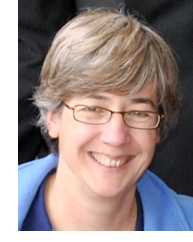
ESA is the largest organization in the world serving the professional and scientific needs of entomologists and people in related disciplines. Its members are affiliated with educational institutions, health agencies, private industry, and government. Members are researchers, teachers, extension service personnel, administrators, marketing representatives, research technicians, consultants, students, and hobbyists.
ESA has created a web page to share information on how members can participate in the March for Science in Washington, D.C., or at satellite events around the world. ESA is also planning a pre-March for Science webinar on April 19 at 2 p.m. (EDT). Speakers from ESA, Lewis-Burke Associates, and the American Association for the Advancement of Science (AAAS) will discuss the logistics of the March for Science, best practices for non-partisan advocacy on behalf of science, and advice for productively engaging with the media during and after the March.
In addition, ESA members and others can use an ESA template to print their own "Why I March for Science" sign. They are encouraged to take a selfie with it, and send it to pubs@entsoc.org. "Why I March" pictures will be shared on social media in the days leading up to the event.
The March for Science is not only intended to raise awareness, but to celebrate science and to support and safeguard the scientific community. The goals include advocating for open, inclusive, and accessible science, affirming scientific research as an essential part of a working democracy and, in general, supporting scientists.
From the Sacramento March for Science web page: "Recent policy changes have called science-based information into question. Science is not a partisan issue. Science is fact-based and provides objective results. It is time for people who support scientific research and evidence-based policies to take a public stand and be counted!"
"We come from all walks of life. We are of different races, religions, gender identities, sexual orientations, abilities, socioeconomic backgrounds, political perspectives, and nationalities - and we are united through our respect for science and our belief that it is crucial to the health and success of our society and our planet. Our diverse opinions, perspectives, and ideas are critical to the scientific process and are our greatest strength."
Related Links:
Website: http://www.marchforsciencesacramento.com/
Instagram: https://www.instagram.com/marchforsciencesac/
Twitter: https://twitter.com/SacScienceMarch
Facebook: https://www.facebook.com/marchforsciencesacramento
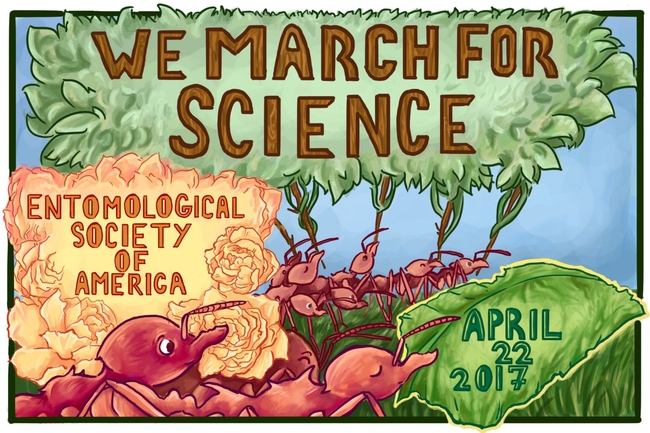
- Author: Kathy Keatley Garvey
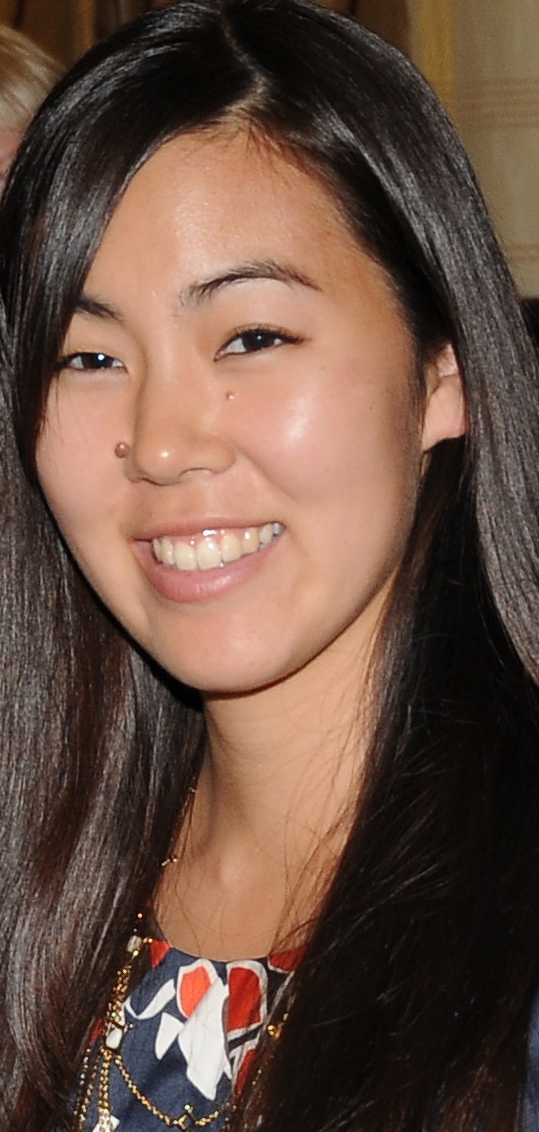
Hishinuma, who is completing her doctorate, studies the walnut twig beetle, Pityophthorus juglandis, which in association with a newly described fungus, Geosmithia morbida, causes thousand cankers disease (TCD) of walnut and butternut trees.
Hishinuma works with major professor Mary Louise Flint and is co-advised by chemical ecologist and forest entomologist Steve Seybold of the Pacific Southwest Research Station, USDA Forest Service, Davis, an affiliate of the department. Flint is an Extension specialist emeritus with the UC Davis Department of Entomology and Nematology and a former associate director with the UC Integrated Pest Management Program.
“USDA will provide some financial support during the end stages of her Ph.D. thesis, in exchange for 320-640 hours of work and training over the next 14 months,” said Seybold. Then, in June 2016 her position will be converted to that of a permanent entomologist with the USDA Forest Service office in San Bernardino after she has completed her thesis. She will be responsible for forest insect survey, detection, and management on four national forests in southern California ranging from San Diego to Monterey counties.
“The highly competitive internship and guaranteed position are a credit to her and her achievements,” Seybold said.
Seybold and Flint assisted her in developing the internship, as did Richard “Rick” Bostock, UC Davis professor of plant pathology.
Hishinuma won the 2013 Western Forest Insect Work Conference Memorial Scholarship for her research on TCD and presented her work at group's 65th annual conference, held March 31-April 3, 2014 in Sacramento. She also received two scholarships from the California Garden Clubs, Inc. (CGCI) and a McBeth Memorial Scholarship to support her research on TCD.
The walnut twig beetle is believed to be native to Arizona, California, New Mexico and Mexico. In 2006, plant pathologist Ned Tisserat and entomologist Whitney Cranshaw of Colorado State University identified the pathogen in declining black walnut trees in central Colorado. The disease has now spread east of the Mississippi to states in the heart of the valuable black walnut timberlands. Most recently it was reported from Indiana. Latest collection records show that the beetle and pathogen are now known from nine states in the western United States and seven states in the eastern USA. In 2013 the disease was also reported in Italy marking the first time that it occurred in Europe.
Seybold's research group has led the effort to characterize the disease in California and to develop a nationwide detection program for the beetle. They recently published two papers in the journal PLOS ONE that characterize the genetic diversity and invasion patterns of both the pathogenic fungus and the beetle in the United States. Scientists believe that TCD occurs only on walnut, butternut, and wingnut, but it is most damaging to native black walnuts, Juglans californica, J. hindsii, and J. nigra although the disease has been recorded on at least 10 species of walnuts or their hybrids in California. Often the first symptoms of TCD are flagging and yellowing leaves and branch dieback, Seybold said. Affected branches show sap staining and pinhole-sized beetle holes. Beneath the surface are dark stains caused by the fungus.


